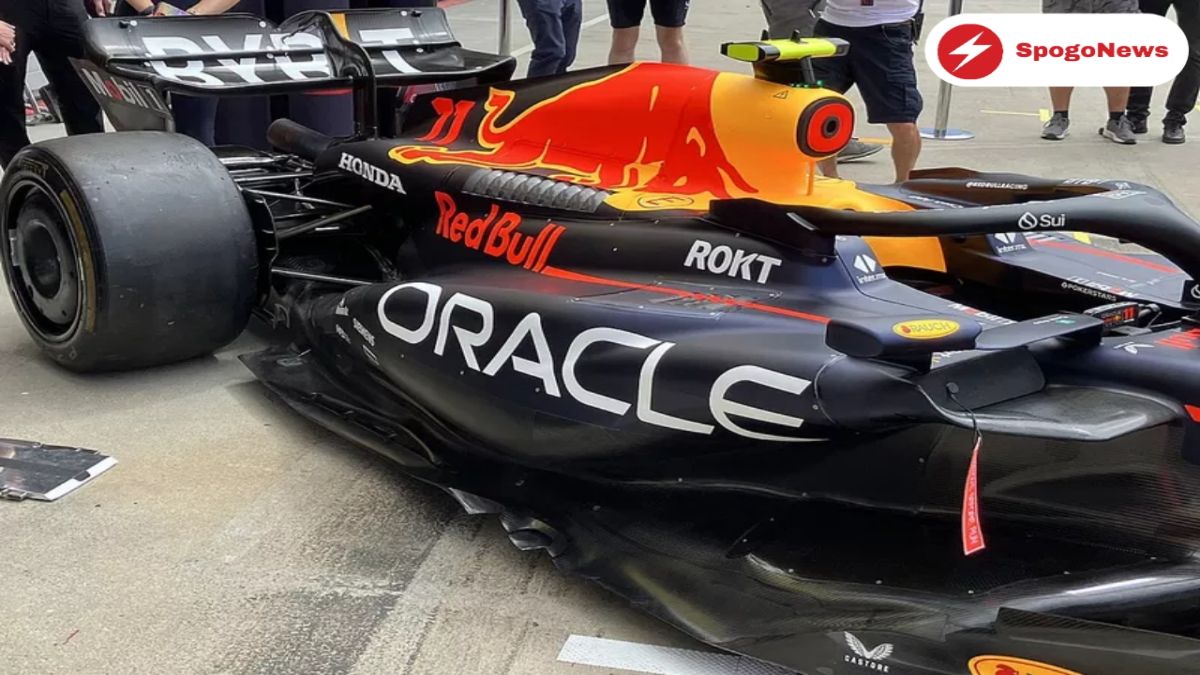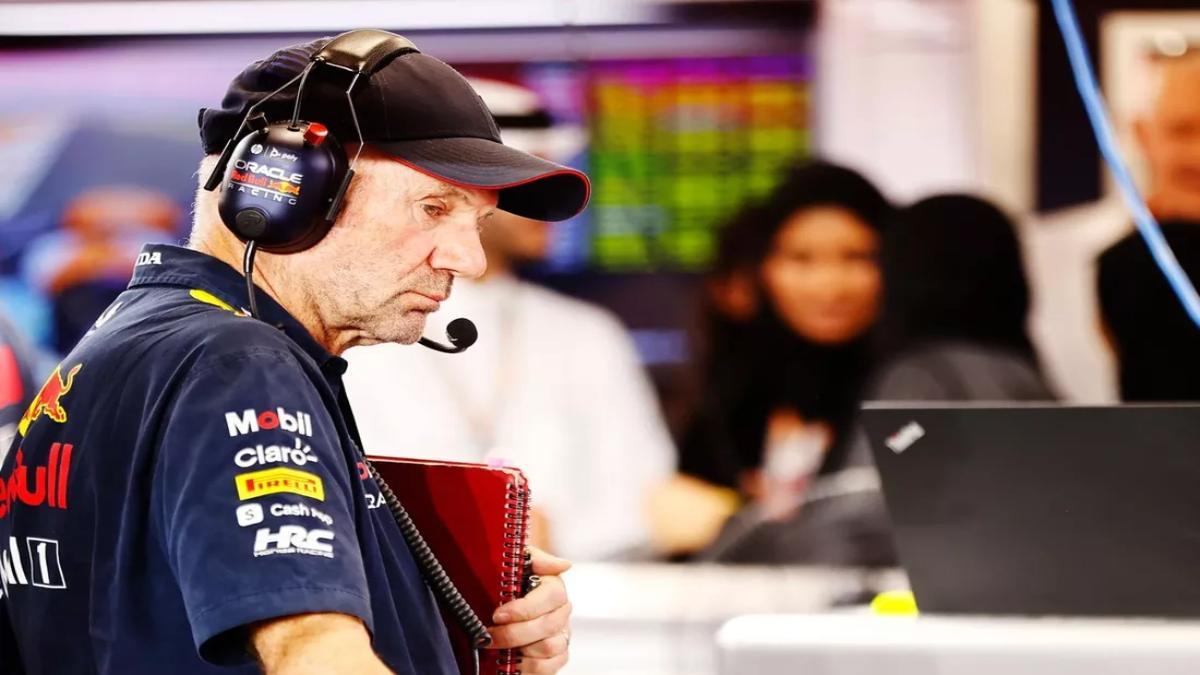(Motorsports news) As expected, all of the essential components of the sidepods—including the inlet, the undercut, and the bodywork contours, have been incorporated into the changes. This season, the team has already focused on the size and shape of the inlet because at the Azerbaijan Grand Prix (below), it debuted a shallower but broader type.
The letterbox-style method used in the Hungaroring revamp, however, is even shallower and wider to keep part of sidepod’s volume, taking the notion one step further. As a result, more of the sidepod’s bodywork is exposed to the airflow, which also has a noticeable impact on the size of the undercut.
Along with extending the sidepod further forward than before, the underbite’s lip now also has a greater radius at its leading edge. This radius is caused by the top platform’s curvature, which is now arched downward from front to back to backfill the airflow into the inlet, giving the appearance of a much smaller entrance from some perspectives.
It’s also interesting to note that, in order to comply with regulations, the leading edge has changed from having a constant depth across its span to having a backward sweep in the outer half. The modifications most likely give the flow approaching the inlet more protection from the turbulence caused by the front tyre, a strategy that the entire grid utilised under the prior restrictions in one way or another.
The idea was first presented by Ferrari in 2017, and it called for a low-slung SIS position that made it possible for the inlet position to resemble a periscope. It’s also interesting to note that, in order to comply with regulations, the leading edge has changed from having a constant depth across its span to having a backward sweep in the outer half.
The modifications of the sidepod most likely give the flow approaching the inlet more protection from the turbulence caused by the front tyre—a strategy that the entire grid utilised under the prior restrictions in one way or another. The idea was first presented by Ferrari in 2017, and it called for a low-slung SIS position that made it possible for the inlet position to resemble a periscope.
On the inside, it is clear that the team made adjustments to the ducting’s design, the coolers’ location, and the other components contained within. Together with the adjustments to the inlet, these modifications enable the shape of the bodywork that creates the undercut and the flank of the sidepod to be changed as well.
Another relatively minor adjustment was made to the wing mirror housing by creating an indentation where it joins the horizontal stay. This modifies how the airflow behaves around the assembly, which has an effect further downwind.
Red Bull has chosen not to implement the waterslide solution used by Aston Martin and Alpine, despite some predictions to the contrary. Instead, it has improved on the pre-existing features, keeping the downwash-style ramp and the swageline down the side of the bodywork.
More cooling has been made available in the bodywork to accommodate the demands of the Hungaroring, and a tiny cooling panel has been installed above the sidepod. Additionally, there are substantially larger downward-facing outlets fitted forward of the forward upper arm of the rear wishbone and much more generous cooling gills put on the engine cover shelf’s shoulder.
Regarding the size and shape of the shark fin, there is also a change in strategy. Its relationship to the cooling outlet below it, which is now more aggressively turned down, and the cutout in the engine cover’s spine behind it, has been improved.
Also read: Hungarian Grand Prix: Perez crashes before first practice due to rain









